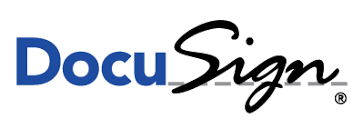Visibility Key for Wholesale and Distribution
The wholesale and distribution business continues to evolve. Pressure from customers, suppliers, and competitors has changed the way distribution firms need to operate. Whether it’s pricing, shipping speed, inventory control, information flow, or one of the many other challenges commonly faced by those who specialize in wholesale and distribution, companies are finding that it’s becoming harder and harder to keep up if disparate systems are holding them back.








